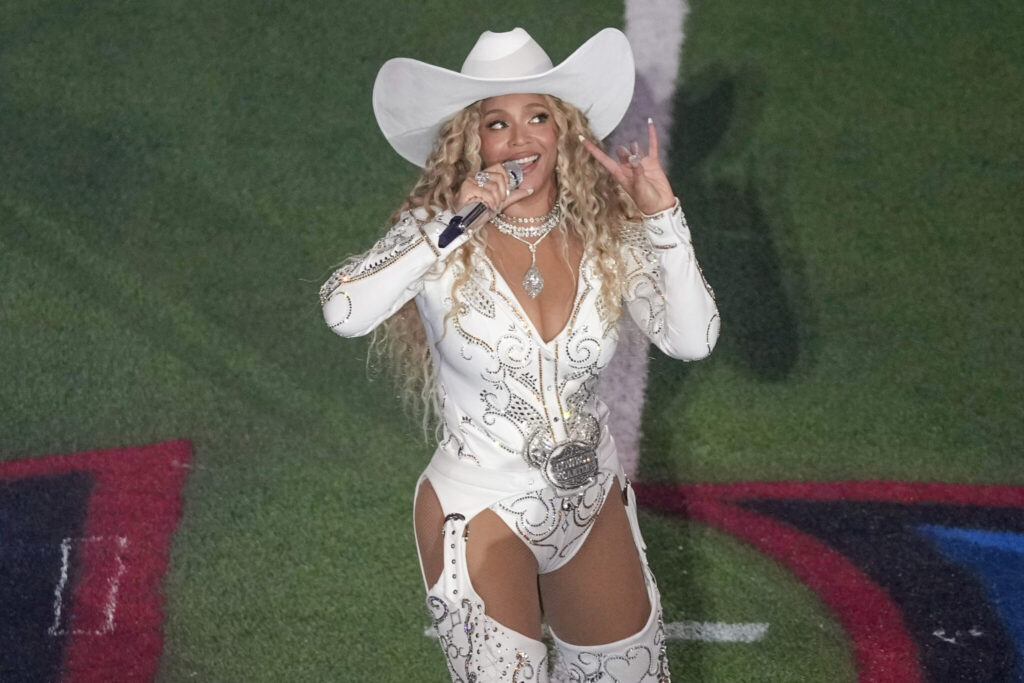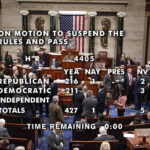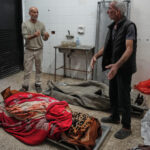Beyoncé, Black Cowboy Culture Celebrated Through Viral Line Dance/ Newslooks/ WASHINGTON/ J. Mansour/ Morning Edition/ The viral line dance “Boots on the Ground” is spreading joy across Black communities, from family reunions to national stages. Created by Tre Little and boosted by Beyoncé’s “Cowboy Carter” tour, the dance honors Black Southern trail ride culture. Beyond the steps, it has become a symbol of joy, healing, and unity.
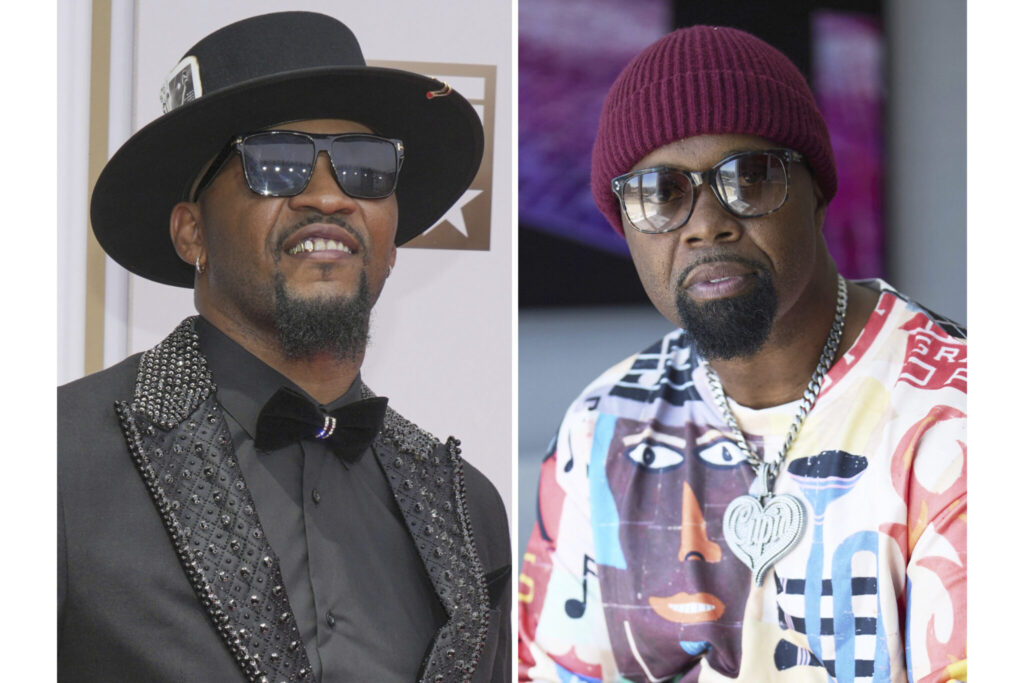
Black Cowboy Line Dancing Revival: Quick Looks
- Dance Created by Tre Little: Sparked during a lunch break, now a nationwide movement.
- “Boots on the Ground” Goes Viral: Song topped R&B charts, popular at cookouts, weddings, and reunions.
- Beyoncé’s Tour Helped Amplify It: “Cowboy Carter” shone light on Black cowboy and country roots.
- Michelle Obama and Shaq Joined In: The dance reached iconic cultural figures and national attention.
- Deep Roots in Black Trail Ride Culture: Southern soul and zydeco music traditions merged in line dance.
- Line Dancing as Resistance and Joy: Seen as healing and political expression in tense times.
- Cupid, Creator of “Cupid Shuffle,” Endorses the Movement: Says line dance unites people across divides.
- Classes Bring Healing: Teachers say participants find emotional release through movement and community.
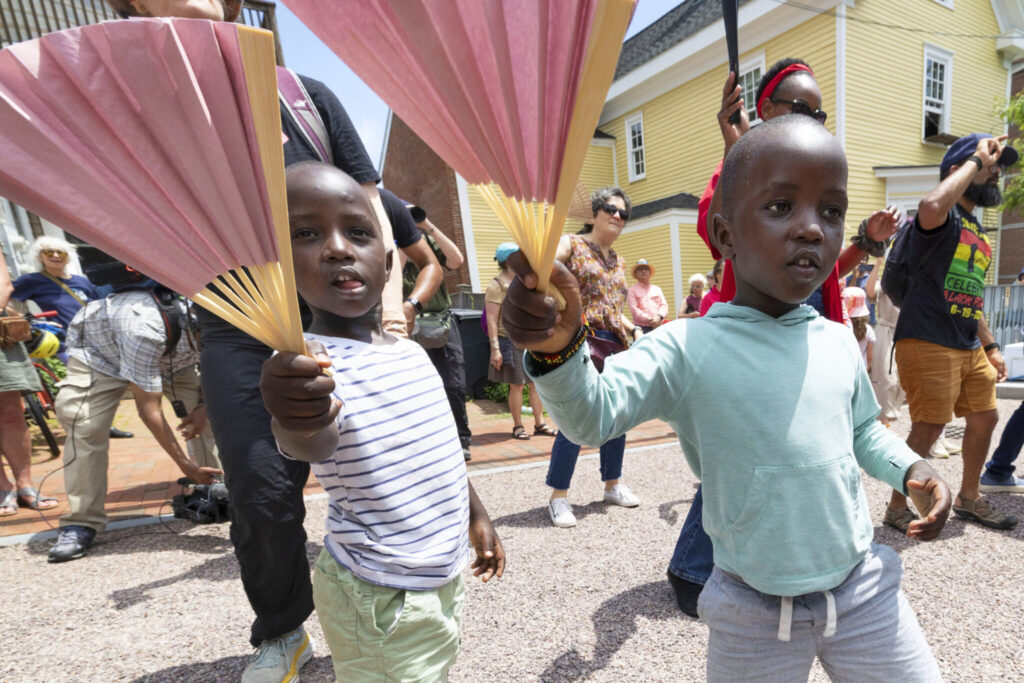
Deep Look: Black Cowboy Joy Rides High on Viral “Boots on the Ground” Line Dance
NEW YORK (AP) — When 22-year-old Tre Little stepped out in his cowboy boots at the BET Awards pre-show this summer to perform the viral dance “Boots on the Ground,” emotion overcame him. A mix of pride and disbelief washed over the Atlanta-area native who, not long ago, was just a casual TikTok user experimenting with a dance during his lunch break.
“I started crying … tears of joy,” he said, reflecting on the full-circle moment of performing a dance that began as a spontaneous creation.
The dance accompanies Southern soul artist 803Fresh’s viral track “Boots on the Ground,” which dropped in December and quickly became an anthem at African American social events — weddings, family reunions, graduations, cookouts, and parties. It’s not just a dance; it’s a celebration of heritage, togetherness, and cultural pride.
From TikTok to Top Charts
What began as a lighthearted TikTok clip rocketed to viral success. “I usually get six views from my family,” Tre joked. But when he woke from a nap, his post had hit 100,000 views. The internet had spoken — a movement was born.
The line dance features synchronized steps and the rhythmic clack of folding fans as 803Fresh shouts “Where them fans at?” It became a cultural touchstone almost overnight, with Little now teaching line dance classes and appearing at events across the country.
The song itself climbed to No. 1 on Billboard’s Adult R&B Airplay and R&B Digital Song Sales charts, making it not just a viral sensation but a mainstream musical hit.
Beyoncé’s Boost: The “Cowboy Carter” Effect
Global superstar Beyoncé played a key role in amplifying the trend. On her record-breaking Cowboy Carter tour, she incorporated the dance into her performances, effectively introducing it to massive stadium audiences and social media timelines around the world.
Her tour — themed around Black cowboy culture and country music’s true roots — brought national attention to a tradition long practiced in the South but often ignored by mainstream media.
“Beyoncé probably had a lot to do with that,” said Houston-based dancer Jakayla Preston, who began teaching line dance classes after countless requests from her TikTok following. “I never seen that many people out there line dancing … It’s an amazing sight to see.”
Trail Rides and the Deep Roots of Line Dancing
Trail rides — festive horseback gatherings filled with music, dancing, food, and Southern soul — have long been central to Black Southern culture in states like Texas, Louisiana, and Mississippi. The dance associated with them, trail ride line dancing, is a cultural cousin to zydeco, blues, gospel, and country traditions.
Sharlene Sinegal-DeCuir, chair of African American and Diaspora Studies at Xavier University, says Beyoncé’s focus on the Black roots of country music is a corrective to the narrative that Black communities are new to cowboy culture.
“Country western music: the sound, the banjo, the violin — all those things are African instruments,” she said. “She’s not just bringing it to the world. She’s reminding the world it was ours.”
Healing Through Movement
The dance is more than just fun — it’s therapeutic. Preston says her line dance classes often feel like emotional gatherings.
“I have people who are struggling … they’ll cry and thank me for hosting the class,” she said. “It’s a feeling that’s indescribable.”
Cupid — the artist behind the 2007 mega-hit “Cupid Shuffle” — agrees. Known as the Line Dance King, he notes how line dancing has historically brought joy in difficult times. During the social justice protests following George Floyd’s murder in 2020, videos surfaced of protesters and police de-escalating tensions by dancing to “Cupid Shuffle” together.
“If you had to pick three songs that could bring people from opposite sides together, line dance songs would be them,” he said.
Joy as a Political Act
Sinegal-DeCuir also connects the rise of “Boots on the Ground” to today’s political climate, especially among Black women, who overwhelmingly voted against Donald Trump in 2024 and face disproportionate impacts from recent policy changes.
“The world is burning down,” she said. “And we’re learning a new line dance. It’s resistance. It’s survival. It’s joy.”
As diversity, equity, and inclusion (DEI) programs are rolled back, and federal aid cuts affect Black communities, people are finding power in cultural expression. Joy, she argues, is itself political.
A Dance That Unites
From BET stages to community centers, from rodeos to cookouts, “Boots on the Ground” has become a unifying force.
Cupid, who is currently working on what he calls the first-ever all-line-dance album, says no genre can bridge cultural divides quite like line dance.
“There’s nothing more powerful than line dance,” he said. “It’s connection through motion — a shared language anyone can speak.”

